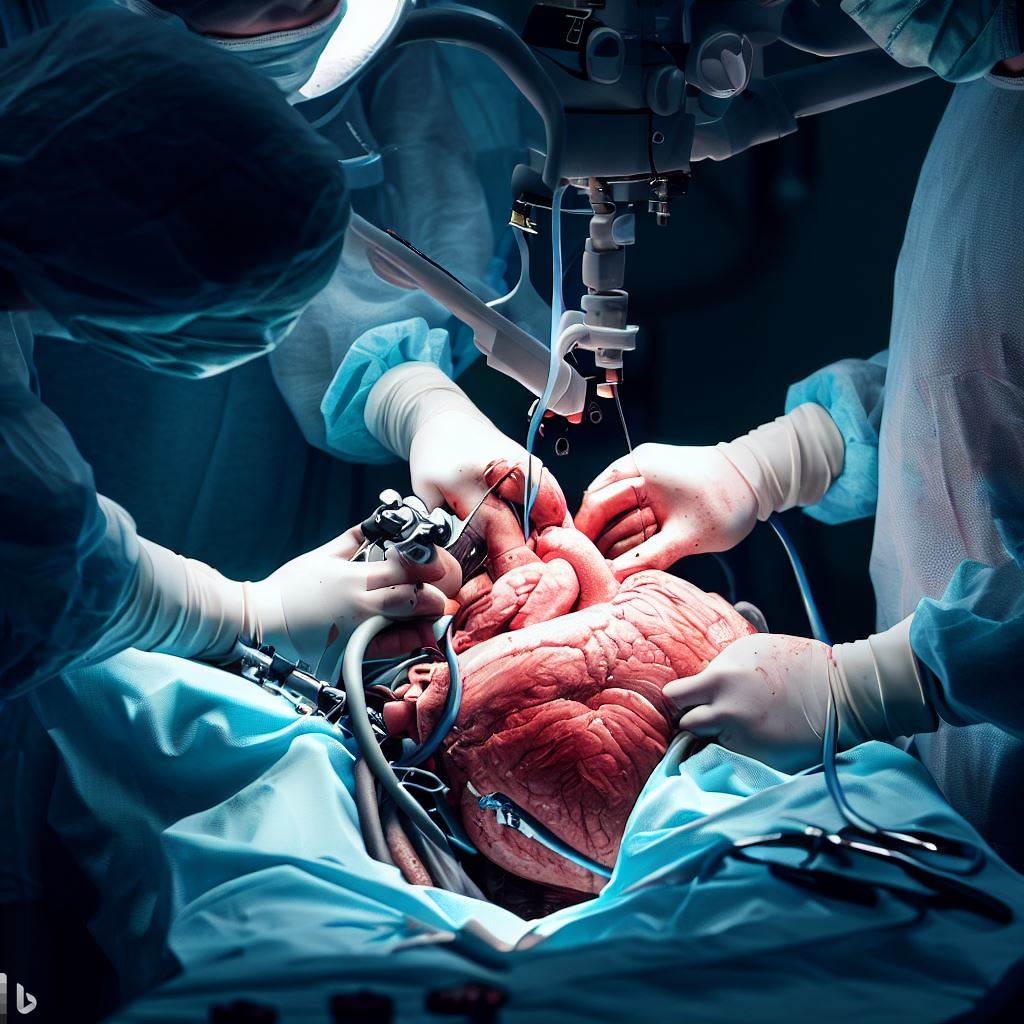Biomaterials hold immense promise to help improve medical outcomes and quality of life. However, translating promising new materials from the lab into approved medical devices faces significant regulatory hurdles. Strict rules are in place to ensure only safe and effective products reach patients. In this article, I discuss some of the key regulatory pathways and challenges involved in obtaining approvals for biomaterials.
The United States FDA Approval Process
In the US, the FDA has a rigorous Premarket Approval (PMA) pathway for high-risk implantable devices classified as Class III. This involves extensive documentation, Good Manufacturing compliance, and clinical trials proving safety and effectiveness through statistically significant endpoints. Gaining PMA approval can take years and millions of dollars, presenting financing hurdles.
The PMA pathway involves extensive technical documentation and clinical data submissions alongside inspections. Clinical trials need to prove the material’s safety and effectiveness for its intended use based on appropriate endpoints and statistical significance. Manufacturing processes must meet Good Manufacturing Practices. This rigorous process can take years and cost millions, raising significant capital hurdles for startups..
European Union Medical Device Regulation
In Europe, approval is obtained through the Medical Device Regulation by submitting technical files and clinical evidence to a Notified Body depending on risk class. While less costly than the PMA, it still demands significant resourcing of technical and clinical data dossiers.
Emerging Opportunities in China
China offers fast-track pathways to approval based on an overseas PMA, removing the need for duplicate Chinese clinical trials. This can significantly accelerate market access timelines. However, the standard pathway also involves CFDA review of technical and clinical trial documentation similar to a PMA process.
The National Medical Products Administration (NMPA) regulates medical devices. For novel high-risk devices, clinical trials and CFDA approval are required similar to a PMA. The process involves technical documentation, clinical data, site inspections and takes 1-2 years. However, China also allows fast-track pathways including CFDA review and approval based on an overseas PMA, removing the need for separate Chinese clinical trials to accelerate market access.
Regulatory Landscape in India
In India, licensure requirements vary by risk class from quality control documentation for lower classes to national licensing and post-market trials for highest risk implants like in the US PMA pathway. This offers a somewhat streamlined approach compared to other major markets.
The Central Drugs Standard Control Organization under the Ministry of Health regulates according to class based on risk. Class A devices only need licensure while Class B/C require additional quality control documentation and technical documents for Central Licencing Approval. Class D devices, equivalent to US Class III, require importing national licences and following Good Clinical/Lab Practices during post-marketing surveillance trials, a slightly faster pathway than PMA.
Regulatory Harmonization in Southeast Asia
The ASEAN economic bloc works to standardize requirements across members like documentation of quality systems and product standards. But national regulators each determine specific clinical data needs, with some like Vietnam and Philippines seen as more conducive emerging medical device markets. National regulators require documentation of quality management and product standards. Clinical data requirements vary by country and risk class with Vietnam, Philippines and Thailand seen as favorable emerging markets.
Turkish Medical Device Regulation
In Turkey, the national regulator requires performance testing and clinical evaluation reports, with review timelines of 4-12 months depending on risk class. Translations add cost and delays for international companies seeking this emerging market’s approval.
The Turkish Medicines and Medical Devices Agency is the national regulator. Clinical evaluations and performance testing documentation is needed. Evaluation timelines are around four months for low risk and 8-12 months for high risk devices like implants which require extensive technical files and approval certificate from a Notified Body before placement on the market. Translations add to time and cost burdens for international companies.
Concluding Thoughts
Navigating varied global regulations requires deep cross-disciplinary expertise to successfully translate innovations to patients worldwide. While important to ensure patient safety, the significant investment and timelines pose challenges, especially for academic researchers and startups. Smarter approval pathways can help translate more innovations to benefit patients. Streamlining pathways can spur greater life-changing medical advancements.
